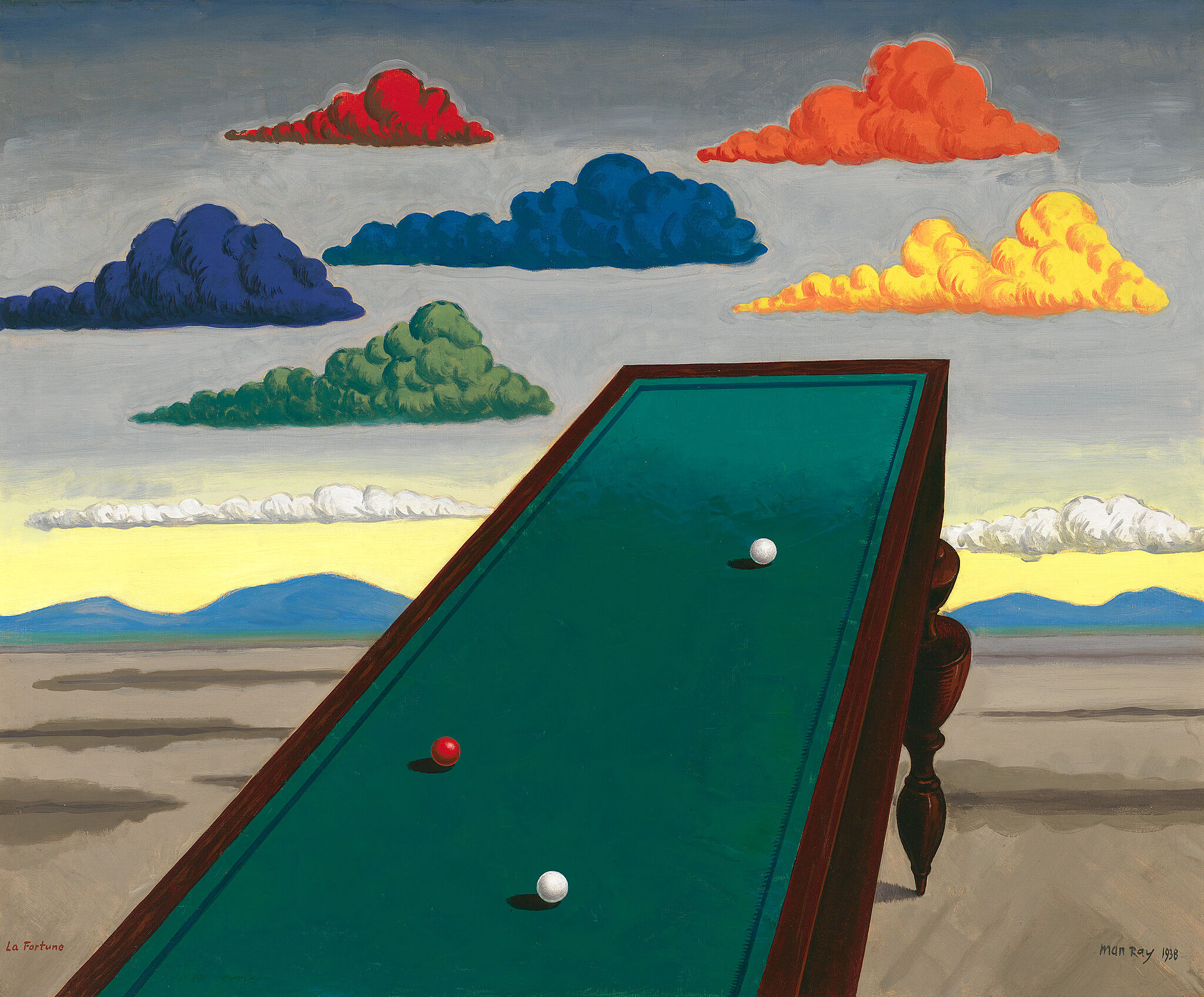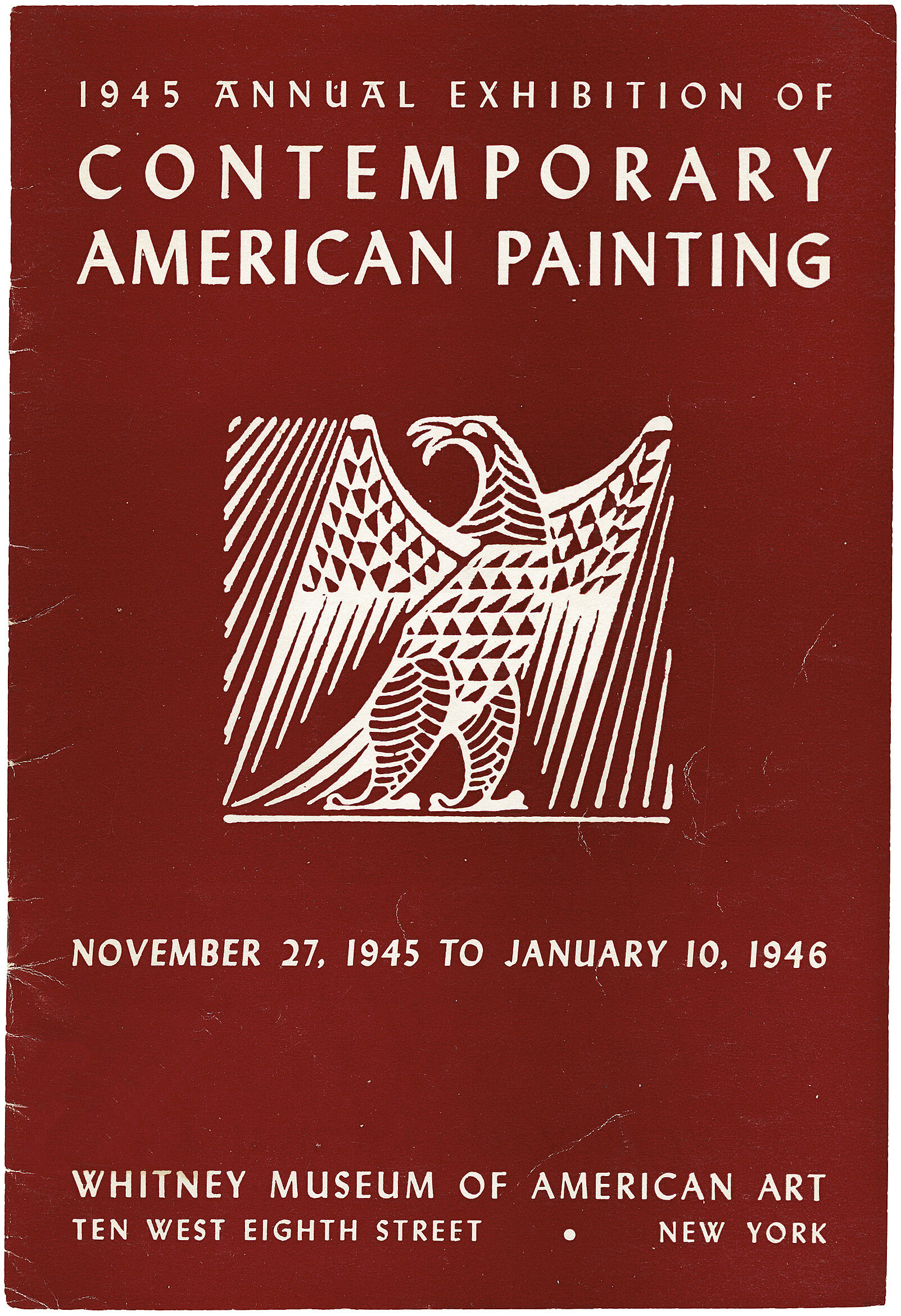Edwin Dickinson
1891–1978
Introduction
Edwin Walter Dickinson (October 11, 1891 – December 2, 1978) was an American painter and draftsman best known for psychologically charged self-portraits, quickly painted landscapes, which he called premier coups, and large, hauntingly enigmatic paintings involving figures and objects painted from observation, in which he invested his greatest time and concern. His drawings are also widely admired and were the subject of the first book published on his work. Less well known are his premier coup portraits and nudes, his medium-sized paintings done entirely from imagination or incorporating elements from one of his drawings or done from observation over several days or weeks, including still lifes, portraits of others, both commissioned and not, and nudes.
His style of painting, which eschewed details in favor of close attention to the relationships between masses of color, was strongly influenced by the example of his teacher Charles W. Hawthorne. The strange juxtapositions and perplexing hints of narrative in his large compositions have been compared to Surrealism, and his premier coups often approach abstraction, but Dickinson resisted being identified with any art movement.
Wikidata identifier
Q5346359
Information from Wikipedia, made available under the Creative Commons Attribution-ShareAlike License . Accessed December 23, 2025.
Country of birth
United States
Roles
Artist, landscapist, painter
ULAN identifier
500010408
Names
Edwin Walter Dickinson, Edwin Walter Dickenson, Dickinson, Edwin W. Dickinson, edwin dickinson
Information from the Getty Research Institute's Union List of Artist Names ® (ULAN), made available under the ODC Attribution License. Accessed December 23, 2025.





